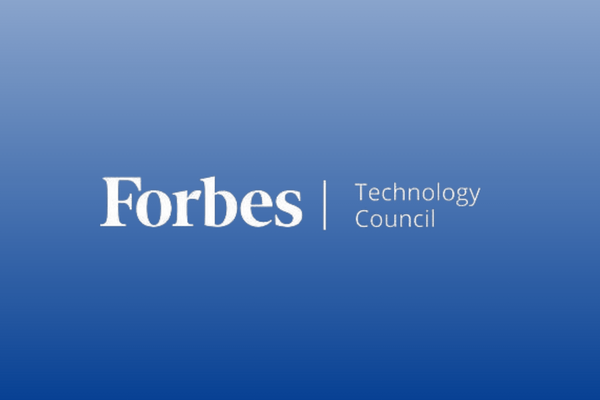Demystified Workstreams: The magic of tidying up workload.

Yaniv Shor is the founder and CEO of Proggio and the author of the book Time to Deliver, a must-read for project managers.

By now, as many as 80% of us have already given up on our New Year’s resolutions. Whether it was to exercise more, doom scroll less or get up without hitting “snooze,” most of those plans likely fizzled after just a few weeks.
For some, becoming better organized is an important goal—and one of the hardest to achieve. While there’s no shortage of crafty storage solutions, Tit Tok tips and tidying-up tactics, those tools only work when you can change your approach and your habits. As famed tidier Marie Kondo has described, becoming tidy isn’t just about how to store your belongings—it’s about how you want to live your life.
The same is true in project management. Lacking the proper approach to managing your projects, it’s impossible to break free of the status quo. You cling to the same habits and patterns that have never served you well, but it’s all you know.
The good news is that there’s still time. It’s never too late to get started on tidying up your project workload and turning your organization into a more strategic, well-oiled machine. And you don’t have to wait for Monday! You can start right now.
Workstreams To The Rescue
One of the biggest reasons the majority of tech projects fail is because of lack of clarity. Complex projects that involve multiple teams and lots of interdependent tasks can be some of the riskiest—a new product development and launch, a company-wide quality assurance implementation or an ISO certification, for example. Every coordination required between different teams is a potential weak link, especially if everyone doesn’t have clarity on the bigger picture and the role they play in meeting milestones and achieving goals, or if resources are already strained.
Even worse, inefficient cross-team coordination wastes up to 12% of organizational resources—time and money—and creates too many surprises along the way, which no one can afford right now (or ever, frankly).
Workstreams are the solution to project planning and coordination chaos. But there seems to be a fair amount of confusion, or even misperception, about what workstreams are and how they work. You probably already use this approach in your everyday life, without even realizing it.
Here, we’ll explain the concept of workstreams, give some examples and highlight the benefits:
Tidy Up Project Planning & Execution with Workstreams
In project planning, workstreams “bucket” all the required tasks into a particular sequence of activities. It’s a method for organizing work so that it is easier to coordinate across teams and other departments and keep track of progress. Rather than throwing everything on a massive list, tasks and task sequences are grouped neatly under categories.
Think about how you’d organize a wedding. Rather than list tasks randomly, you’d likely group tasks by category or type: food, photographer, location and invitee lists would be listed together. If you’re organizing a wedding with a team, you’d probably assign an owner to each of these categories and expect the owner to interact to coordinate and plan the wedding preparation.
Workstreams follow the same approach, organizing related tasks together to create clarity and to make sure it is easier to coordinate across teams and categories.
Let’s say you’re relocating to a new office. There are so many tasks to tackle!
- Design and layout of the new space
- Setting up IT & communications infrastructure
- Furniture procurement and setup
- Packing up and moving equipment
And each of those has a multitude of subtasks within them. Workstreams are the perfect solution to keep everyone organized. In this instance, example workstreams might look something like this:
New Office Design
- Solicit and aggregate input on requirements
- Meet with property manager or construction to discuss design needs
- Finalize design plans and authorize work to begin
- Meet with interior designer to discuss options for finishes (light fixtures, paint scheme, etc.)
- Finalize decision on finishes
- Procure finish materials (if needed)
IT & communications infrastructure
- Design server room layout
- Measure for cabling
- Procure equipment
- Install hardware and cabling
- Conduct testing
It’s easy to see how this kind of structured approach is much more organized and easier to follow than a smattering of tasks thrown together on a spreadsheet. Moreover, it becomes easier to present in a slide or other graphic images to create the visual clarity that you need.
And, because timelines and priorities may inevitably shift throughout the process, workstreams allow for easy adjustment. If a specific subtask needs to be pushed out a week, or another task prioritized ahead of it, dynamic digital project management solutions make it easy to drag and drop tasks to re-order or re-organize them, while still keeping everything neatly bucketed within its workstream.
Even better, these workstreams can be saved as templates. So, the next time a similar project comes up, you don’t have to reinvent the wheel—simply use the template to create a new workstream and you’re off and running. This slick trick can save a tremendous amount of time
Make 2024 Your Marie Kondo Moment
A more organized process leads to more successful project outcomes. It also reduces stress and burnout for project managers who otherwise feel overwhelmed by trying to keep all the tasks on track. That can lead directly to turnover—1 in 5 project managers has considered leaving their job—which further puts projects and organizational success in jeopardy.
Let 2024 be the year you take action. Even if your other New Year’s resolutions have fizzled out, it’s not too late to tidy up your project task workload with workstreams. As Marie Kondo says, “Tidying is a powerful tool but it’s not the destination. The true goal of tidying is to clear away clutter so you can live the life you want.”
For PMs, that means lower stress, fewer meetings and less time spent chasing down task owners for updates. And it means project plans that fall into place, with outcomes that drive business success.
Follow me on LinkedIn. Check out my website or some of my other work here.